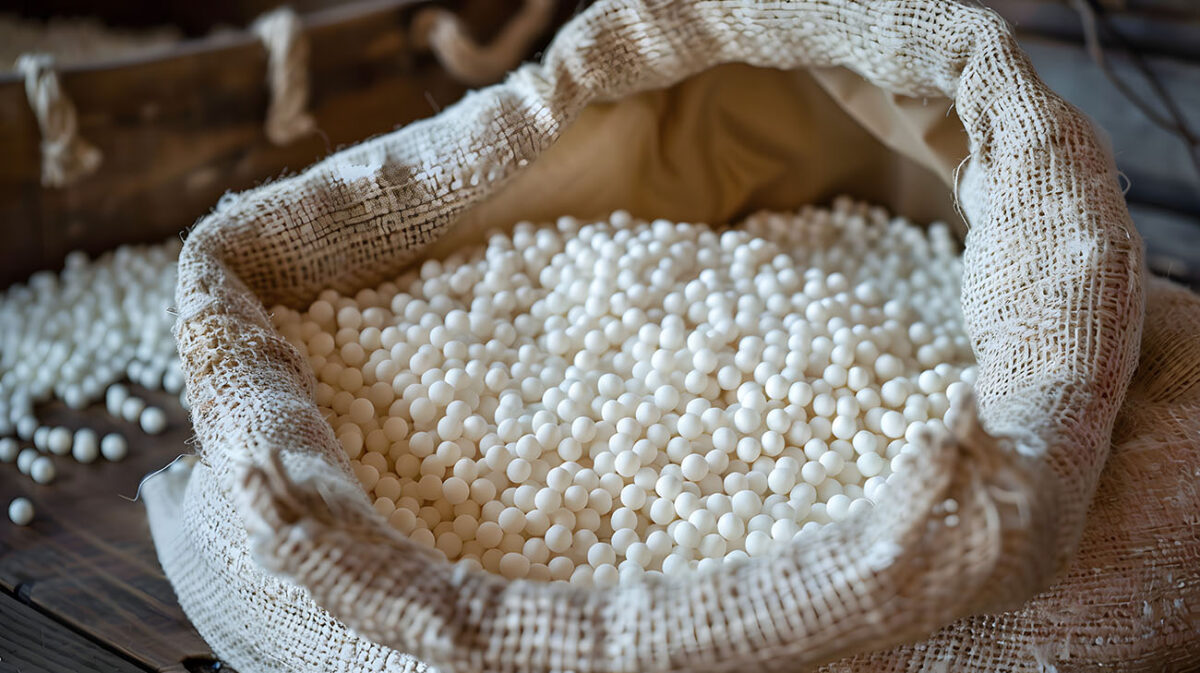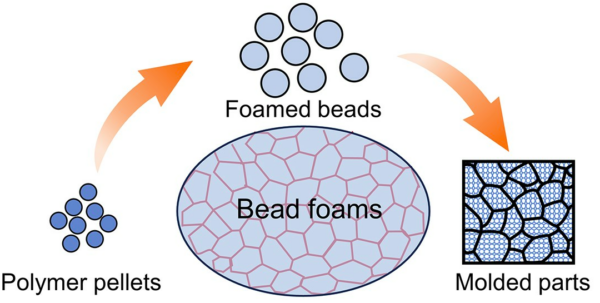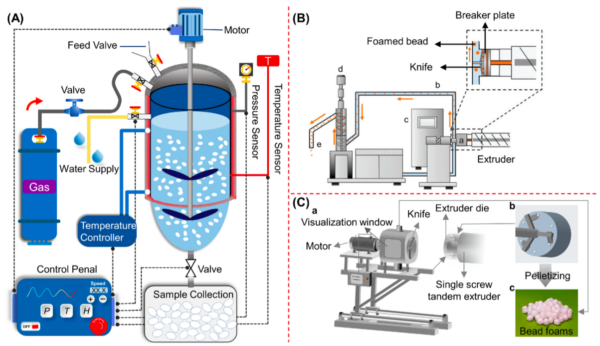Polymer Bead Foam Processing: Techniques and Innovation

Polymer bead foams involve scientific preparation and molding processes that drive their widespread use across industries.
Polymer bead foams are highly valued for their lightweight, versatile, and energy-absorbing properties. Industries use these materials extensively and undergo sophisticated preparation and molding processes.
You can also read: Exploring Supercritical Foaming Technology
Understanding Polymer Bead Foams
To appreciate the production techniques, you need to understand polymer bead foams. Manufacturers create these materials from tiny polymer beads, such as expanded polystyrene (EPS) or polypropylene (EPP). Developers develop and fuse these beads to form lightweight cellular structures known for their cushioning and thermal insulation. Their unique characteristics make them essential in various applications, from packaging to automotive industries.

Preparing the Beads
The production of polymer bead foams involves two main stages: bead preparation and molding.
Producers typically use two methods for preparation:
- Autoclave foaming: In autoclave foaming, high-pressure gas saturates polymer pellets, and rapid depressurization causes foaming. This method works well for batch production.
- Extrusion foaming: In contrast, extrusion foaming employs a continuous process with a granulator system, enabling efficient, large-scale production of foamed beads with consistent properties.

This image illustrates different foam-making methods: (A) autoclave foaming using water, (B) extrusion foaming with an underwater granulator, and (C) extrusion foaming with a winder-cooling pelletizer. Courtesy of Polymer Bead Foams: A Review on Foam Preparation, Molding, and Interbead Bonding Mechanism.
Shaping the Beads
After preparation, manufacturers mold the foamed beads into three-dimensional parts. This step is crucial for maintaining the foam’s cellular structure and ensuring robust interbead bonds. Various molding techniques come into play. For example, steam-chest molding (SCM) uses steam to heat and expand the beads within a mold. Adhesive-assisted molding (AAM) incorporates adhesives to enhance bonding between the beads. In-mold foaming and molding (IMFM) involves foaming inside the mold. Microwave selective sintering (MSS) uses microwave energy to sinter the beads selectively. Consequently, each method tailors the final product’s properties to meet specific application requirements.
Pioneering Innovation
Borealis and Sulzer Chemtech have introduced a groundbreaking extrusion process for expanded polypropylene (EPP) bead foams. This innovative technique cuts manufacturing costs by up to 60%, enhances flexibility in foam properties and supports a circular economy with improved recycling processes. Moreover, their approach combines economic efficiency with environmental sustainability and sets new industry standards.
Polymer bead foams drive transformation across industries through advanced preparation and molding techniques. Innovations from Borealis and Sulzer Chemtech are not only pushing the boundaries of material performance and sustainability but are also, as the industry evolves, leading to the development of more efficient, sustainable, and versatile foam solutions.
